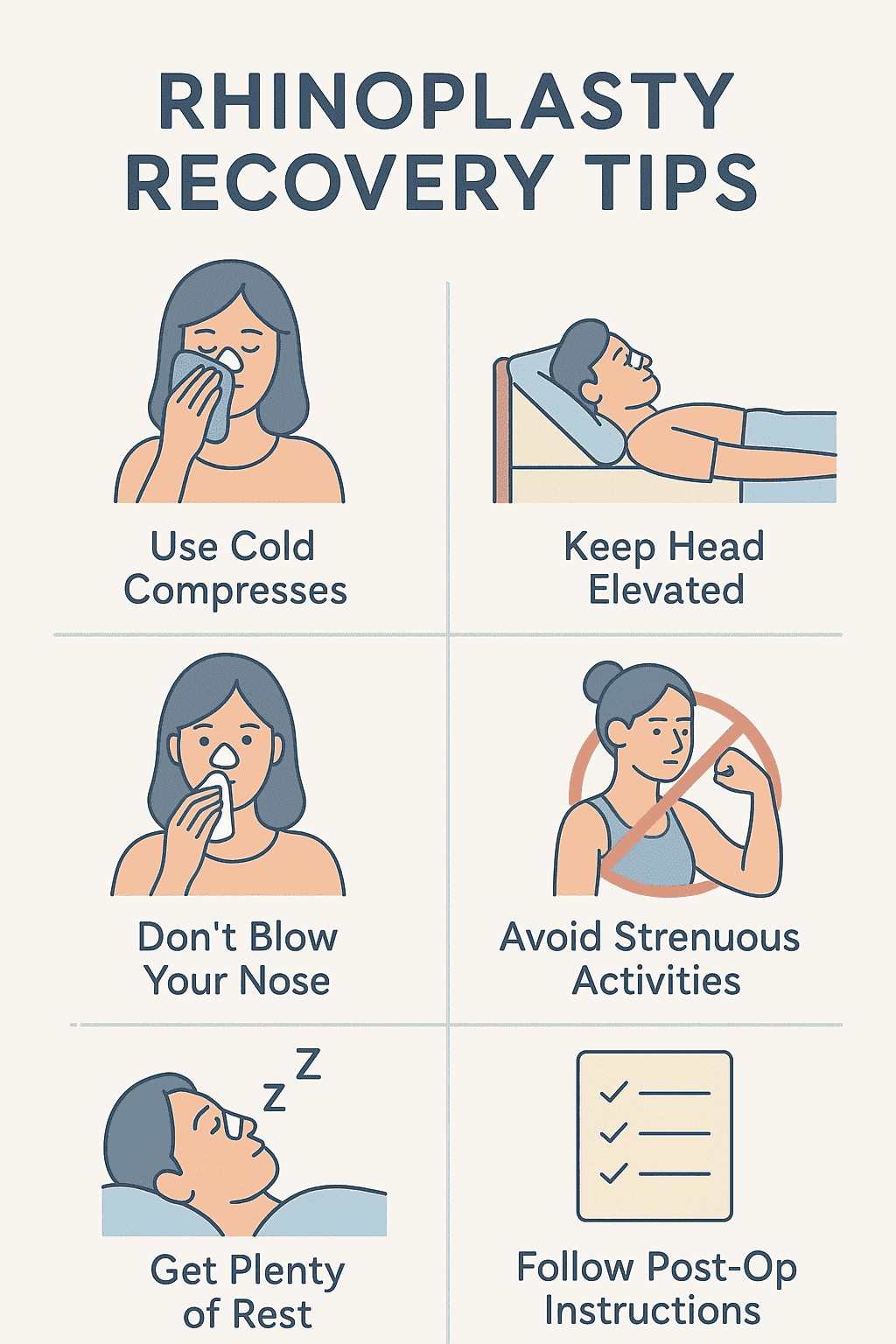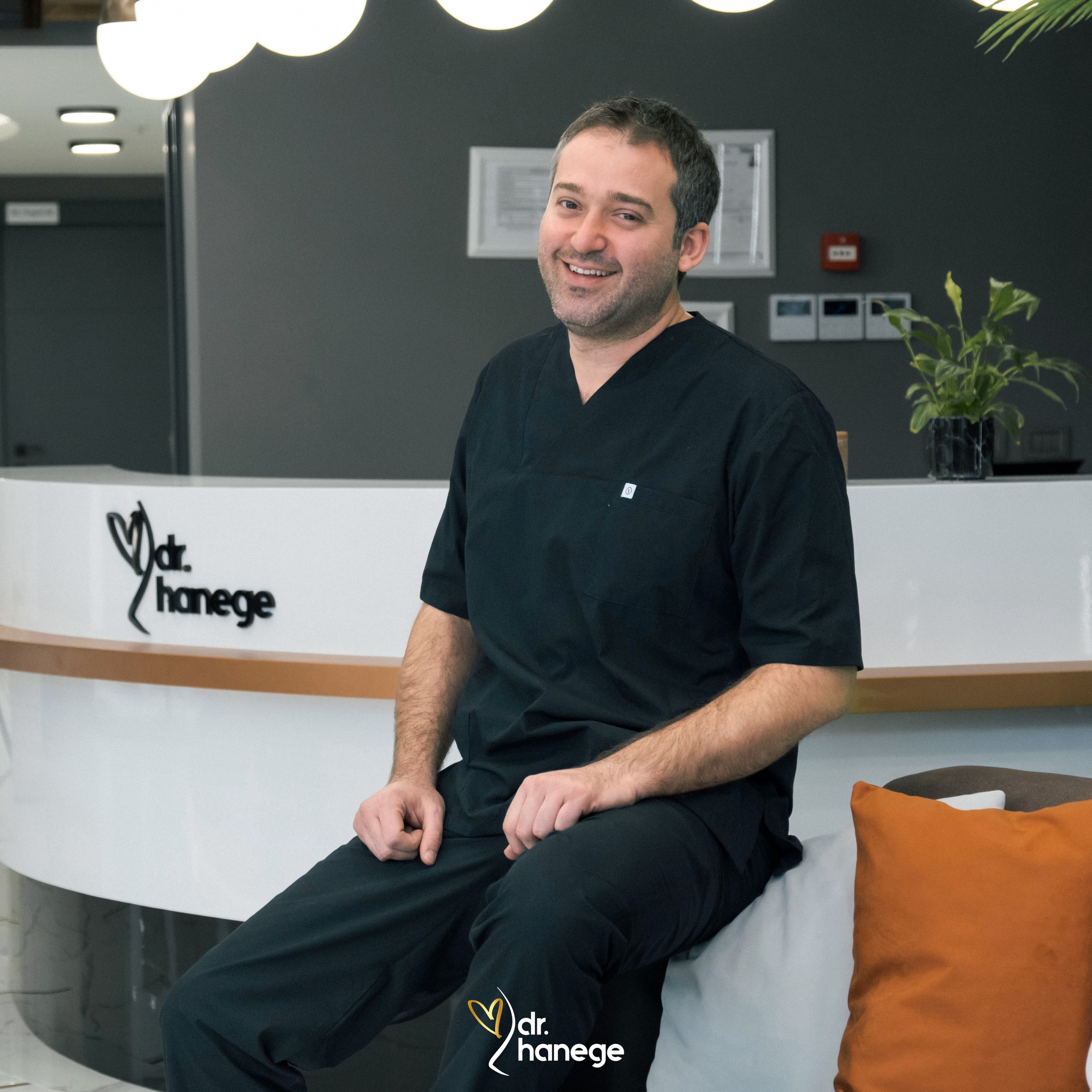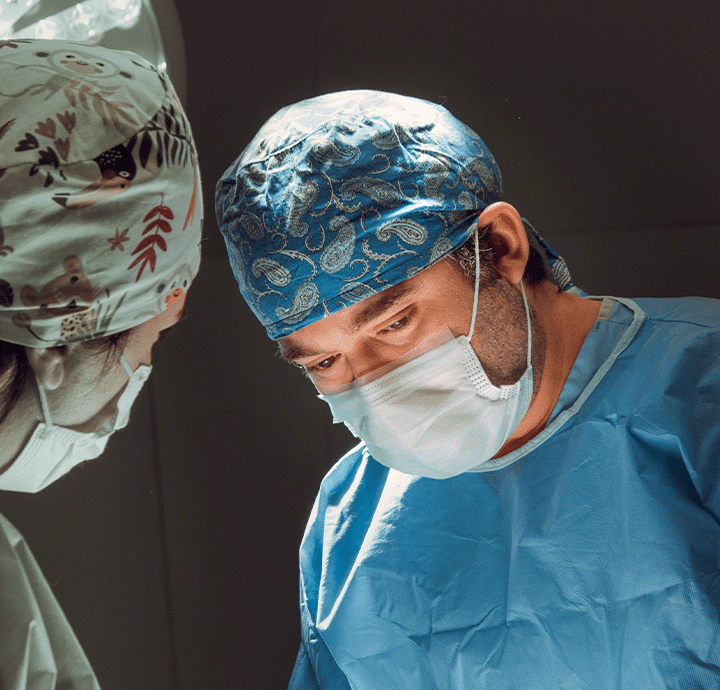
Rhinoplasty Recovery Timeline: Day by Day, Week by Week, and Beyond
The Rhinoplasty Recovery Timeline is one of the most important considerations for patients preparing for a nose job. The surgery itself lasts only a few hours, but recovery unfolds over days, weeks, and even up to two years. The stages below are a general guide to what many patients experience physically and emotionally; healing is never identical for everyone. Always prioritise your own surgeon’s instructions and personal advice.
Rhinoplasty Recovery Timeline : The First 1–7 Days: Immediate Recovery
In the first week, swelling and bruising are usually most visible around the eyes and cheeks, and the nose is supported by a cast or splint. Breathing can feel restricted due to internal packing or swelling, and mild discomfort is common but typically controlled with prescribed medication. Sleep with your head elevated on two pillows or a neck pillow to help reduce swelling; cold compresses applied carefully around the eyes (never directly on the nose) can also ease bruising. This early phase can be emotionally challenging—swelling hides the true result—so avoid negative influences, stay patient, and trust the process. A soft diet, good hydration, and limiting salt support recovery, while alcohol, smoking, aspirin, herbal teas, and other blood thinners should be avoided.
Rhinoplasty Recovery Timeline: 1–4 Weeks: Early Adjustment
By the end of the first week, the splint is usually removed and bruising begins to fade. Swelling decreases steadily, though the tip often looks puffy and day-to-day fluctuations are normal. Many patients return to work or school at 10–14 days, and gentle walking is encouraged; however, strenuous activity, heavy lifting, and contact sports must be avoided for several months as advised by your surgeon. Emotionally, this period feels easier as the face looks more familiar, yet some frustration about residual swelling is natural. Protect the skin from sun exposure with high-SPF sunscreen, cleanse gently, avoid accidental bumps, and postpone wearing heavy glasses until cleared.
Rhinoplasty Recovery Timeline : 1–3 Months: Visible Progress
By the third month most swelling has resolved, although the tip may remain somewhat swollen or numb. Breathing typically improves if a septoplasty was performed. Friends and family often notice the change, which can boost confidence even as patience is still required for ongoing refinement. A diet rich in protein, leafy greens, and omega-3 fatty acids supports recovery, and avoiding smoking remains essential to encourage optimal tissue healing.
Rhinoplasty Recovery Timeline : 3–6 Months: Stability Phase
Between three and six months the nose looks more refined and stable. Bridge swelling is usually minimal, while tip definition continues to evolve gradually. If an open approach was used, the columellar scar generally softens and fades over this period. Most patients can safely resume full physical activities and sports with surgeon approval. Confidence typically grows alongside these visible, steady improvements.
Rhinoplasty Recovery Timeline: 6–12 Months: Refinement
In the second half of the first year, the final contour becomes more apparent—especially at the tip—as any residual swelling continues to dissipate and the skin fully adapts to the new structure. Patients usually feel completely adjusted to their appearance by this stage. Wearing glasses may be permitted again if your surgeon agrees, and emotional stability tends to mirror the physical refinement now visible in the mirror.
Rhinoplasty Recovery Timeline : 1–2 Years: Final Maturation
The most definitive results of rhinoplasty are seen between one and two years after surgery. Thinner-skinned patients may see their final definition closer to the one-year mark, whereas thicker skin often requires 18–24 months. By now, the nasal framework is fully stable, soft tissues have adapted, and self-image typically feels natural and settled.
Differences in Healing Between Patients
- Skin type: thick skin tends to hold swelling longer and takes more time to refine than thin skin.
- Primary vs. revision: revision cases usually heal more slowly due to existing scar tissue.
- Age: younger patients often heal faster than older patients.
- Lifestyle: non-smokers with healthy habits typically recover more smoothly than smokers.

What to Avoid Before and After Rhinoplasty
Before surgery: stop blood-thinning medications, alcohol, smoking, and herbal teas such as ginseng or gingko at least two weeks prior (only change medications in consultation with your surgeon/physician).
After surgery: avoid strenuous exercise, swimming, direct sun exposure, salty or spicy foods that worsen swelling, and heavy glasses until cleared. Protect your nose from accidental bumps—especially during the early months.
Rhinoplasty Recovery Tips
- Sleep with your head elevated for at least the first two weeks.
- Use saline sprays as directed by your surgeon.
- Apply cold compresses only during the first 72 hours (never directly on the nose).
- Protect the skin with SPF 30+ and avoid excessive heat/sun.
- Follow every instruction from your surgical team precisely.
- Be patient—full results often take up to two years.
Important: This page offers general guidance. Your healing plan and restrictions may differ based on your anatomy and procedure. Always follow your own surgeon’s personalised advice.
Conclusion
The rhinoplasty recovery timeline is a gradual and personal journey. From the swelling and bruising of the first week through months of refinement to the final maturation at one to two years, healing involves both body and mind. While guides like this provide useful orientation, every patient heals differently, and the best outcomes come from closely following the recommendations of your surgeon. With patience, consistency, and proper care, rhinoplasty can deliver long-lasting, natural results and renewed confidence.


